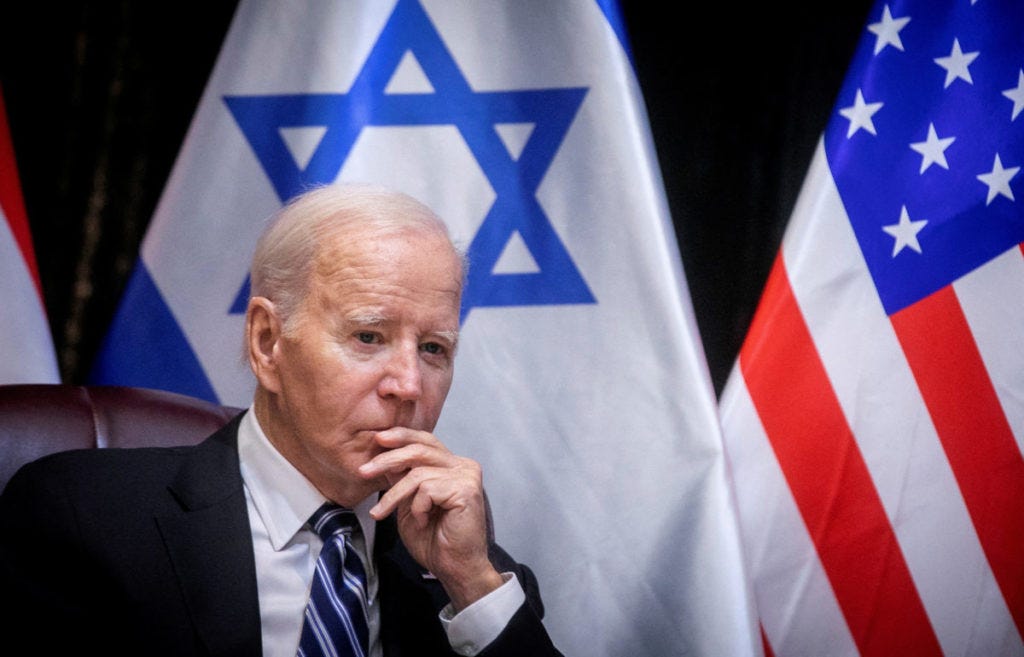Published: 6 months ago

Civics
World Affairs
Summary
When President Biden came into office, he was faced with a tough decision about what to do in Afghanistan. After two decades of war, he believed it was time to bring our troops home and end America's longest war.
Article
The United States had accomplished its initial mission in Afghanistan: to remove the terrorists who attacked us on 9/11, including the infamous Osama bin Laden. We had also spent billions of dollars training and supporting the Afghan National Defense and Security Forces over the years. But somewhere along the way, we got stuck in nation-building mode without a clear end in sight.
President Biden knew he had to make a choice on how to withdraw from Afghanistan, but his options were limited by the decisions of his predecessor. President Trump had started talks with the Taliban without consulting our allies or the Afghan government, eventually striking a deal that required all U.S. forces to leave by May 2021.
As part of this agreement, President Trump pressured the Afghan government to release thousands of Taliban fighters from prison, even though the Taliban had not fulfilled their end of the deal to participate in a peace process. It was a risky move that only made the situation more complicated.
President Biden knew that sticking to the May deadline would be difficult, especially with the Taliban showing no signs of keeping their promises. He had to weigh the risks of staying longer against the consequences of a hasty withdrawal. It was a tough call for any leader to make.
After careful consideration and consultation with his advisors, President Biden decided to extend the deadline for withdrawal to August 31st. He made it clear that our mission in Afghanistan was coming to an end, but that our commitment to the Afghan people would continue through diplomacy and humanitarian aid.
Despite criticism from some quarters, President Biden stood by his decision. He understood the risks, but believed it was the right thing to do for the country and for the brave men and women who had served in Afghanistan over the years.
As August 31st approached, the evacuation efforts became more urgent as the Taliban swiftly took control of the country. In the end, over 120,000 people were evacuated, including American citizens, Afghan allies, and vulnerable Afghans seeking refuge.
President Biden's decision to end America's longest war was not without challenges, but he remained steadfast in his belief that it was time to bring our troops home and focus on the national security challenges of today and tomorrow. It was a bold move, but history will judge whether it was the right one.
No opinions exist on this article yet!
Be the first one to share an opinion on this article.
This article does not have any attachments.
No Access
Share access to start recording your opinion










